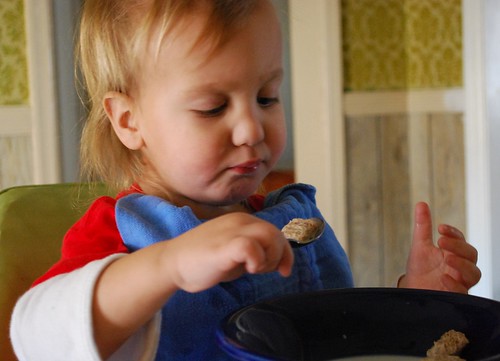 Have you discovered how very powerful giving thanks is for uplifting your mood, day and life? Coaches and spiritual teachers these days suggest that we keep a gratitude journal or set aside time to be grateful every day as a way to shift our focus toward a more positive frequency.
Have you discovered how very powerful giving thanks is for uplifting your mood, day and life? Coaches and spiritual teachers these days suggest that we keep a gratitude journal or set aside time to be grateful every day as a way to shift our focus toward a more positive frequency.
It’s not just another thing to try so we can feel better — in my experience, it really works.
Making a shift toward gratitude
The study of neuroplasticity confirms that when we intentionally and repeatedly focus on “taking in the good” — as neuropsychologist Rick Hanson PhD, suggests — we cause changes in our neurons that shift us away from the innate bias toward always looking for threat.
In other words, when we develop a conscious gratitude practice, over time we can actually change our negative mind chatter into a more settled way of being that is open to the possibility that good things just might indeed come our way. I like to think of it as quality elevator music that accompanies us as we intentionally choose to experience life on higher floors.
If you are like me, noticing what I already have that is good enough does not come naturally. I was raised to be constantly prepared for whatever problems were inevitably on their way to my door. I was taught to be constantly doing, preparing, and preventing with a kind of “storing up food for the harsh winter” mentality. But even though the experiences of the Great Depression were passed down to me in my DNA, I am determined that this fear-based way of living will stop with me.
If we can instill the habit of giving thanks, we prepare our children for a life of pleasant contentment.
Ever since my daughter was very small, we have made it a practice to express gratitude. In that kind of “Do as I say, not as I do” way, it’s easier for me to notice how she says things and to offer a course-correct toward a more positive view.
To my delight, out of the blue, she will sometimes spontaneously list all the things she loves about our house, our neighborhood, our view, the store that offers the stuff we need, the birds flying by, and on and on. It just bursts out of her! In those moments, I get to switch channels from brooding over my to-do list to instead witnessing her enthusiasm. It makes me give thanks that I must be doing something right after all.
A good way to create a readiness to be grateful is to establish the habit of giving thanks. Giving thanks together, in whatever way suits your family, makes everyone slow down and take a mindful moment.
A fitting place to do this is at mealtimes, because they happen at the same time each day and everyone is sitting down together. Even a sandwich on the hiking trail can serve as another opportunity to pause and recognize the gift of nourishment. Food comes from somewhere and it ends up on the table because of the effort of people — so that’s something to appreciate.
In our house, we like to make up songs. If they catch on, we keep them. Below is one of our gratitude prayers before we eat. It is a little song we sing at the table to bless and enliven the food we are about to eat. It also gives the less-than-favorite vegetables a little more status, I hope. Imagine it going with a pleasant sort of Irish music tune.
Thank You for My Food
Thank you for my food, thank you for my food,
Made by Mother Earth and warmed by Father Sun.
Thank you to the seed that grew in the soil,
And blessings to the farmers who made food from their toil.
Thank you for my carrots, thank you for my tacos, thank you for my…
Thank you for my food.
Sometimes my child will add a line to thank the cook, which I accept with a gracious bow.

